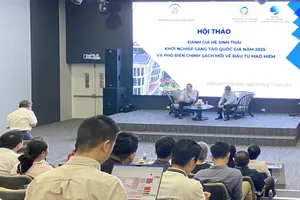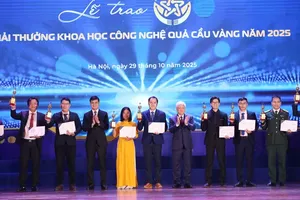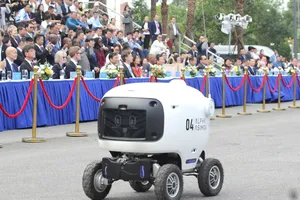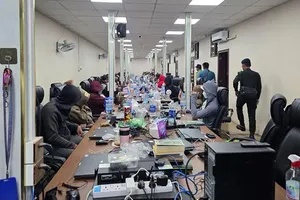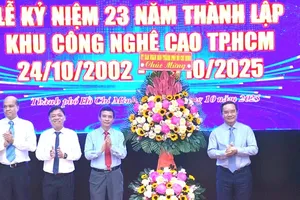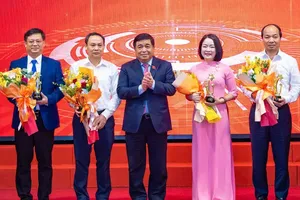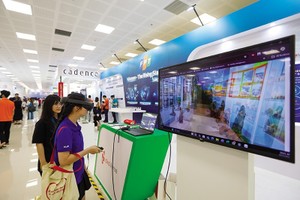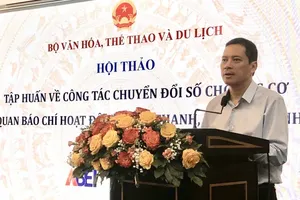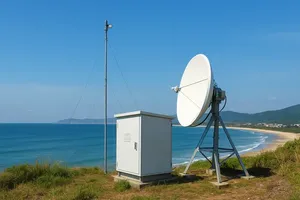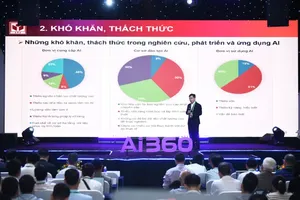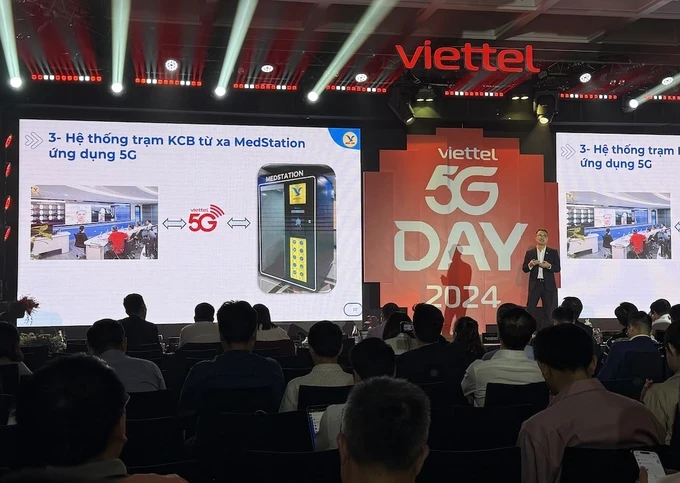
In HCMC, mobile users continue to express dissatisfaction with the inconsistent performance of 5G networks following their commercial launch. Simultaneously, the anticipated surge of high-bandwidth applications in hi-tech zones, industrial parks, and smart factories has yet to materialize. Achieving comprehensive 5G coverage across the city remains a significant long-term objective, a feat that cannot be accomplished rapidly.
2024 was designated by the Ministry of Information and Communications as the year of nationwide 5G commercialization. Over the past year, Viettel and VinaPhone have launched their 5G services, while MobiFone has yet to make an announcement.
“VNPT Group has extended 5G coverage nationwide to the central areas of all 63 provinces and cities, encompassing all 705 district-level administrative units, as well as key locations such as industrial parks, airports, and political centers. Within HCMC, VinaPhone 5G is available in the central districts and portions of the suburban districts’ central areas”, VNPT informed. The group plans to triple its coverage area in 2025, adhering to its roadmap of achieving 99 percent of 5G population coverage.
Viettel, after nearly five months of 5G commercialization in Vietnam, reports 5.5 million users and 1.5 million subscribers who have purchased 5G data packages, moving closer to its 2025 target of 10 million users. Viettel currently operates over 6,500 5G base stations, covering more than 90 percent of the central areas of provinces and cities. The carrier claims 5G network speeds ranging from 700Mbps to 1Gbps, ten times faster than 4G. In HCMC alone, Viettel boasts 1 million 5G subscribers and reportedly widespread coverage.
However, user experiences paint a different picture. “Frankly, 5G hasn’t lived up to the hype. Even in HCMC, many areas with 5G coverage offer speeds slower than 4G, so I’ve reverted to 4G despite having a 5G subscription”, commented Thanh Duong, a VinaPhone 5G user in District 5.
Mai Ngoc, residing in District 3, added, “I was excited about 5G and subscribed to a package, but I found 4G more reliable. The 5G signal is intermittent, varying by location and time. In my experience, 5G is still quite inconsistent”.
The less-than-ideal 5G experience is partly attributable to coverage limitations. Currently, Vietnam has achieved 99.8-percent 4G population coverage with over 132,500 base stations. Compared to 4G, 5G-base station deployment is still relatively limited.
5G offers significantly improved data throughput, reduced energy consumption, support for artificial intelligence (AI) and the Internet of Things (IoT), and latency five times lower than 4G, thereby promising to revolutionize numerous sectors. 5G is considered crucial for driving the development of the digital economy and digital society, hence the high expectations surrounding it.
In late December 2024, during a meeting between HCMC leaders and members of the management board, founding members, and network members of the Center for the 4th Industrial Revolution in HCMC (HCMC C4IR), Vice Chairman Vo Van Hoan of the HCMC People’s Committee cum Chairman of the HCMC C4IR Management Board announced that in 2025, the center will undertake nearly 20 initiatives to promote the city’s development, including achieving comprehensive 5G coverage, applying AI in aviation transportation, and utilizing AI in city management.
According to Deputy Director Vo Minh Thanh of the HCMC Department of Information and Communications, 5G development presents a complex challenge for businesses, as investments must be profitable. Consequently, HCMC and telecommunications companies are focusing on deploying 5G networks in export processing zones, industrial parks, administrative units, and other densely populated areas. In 2025, priority will be given to areas with high demand, rather than attempting widespread deployment.
“The Department of Information and Communications, in conjunction with network operators, is planning 5G coverage in strategic locations. In recent months, operators have installed over 1,000 additional 5G base stations, with plans to reach 3,000 by the end of 2025. Therefore, 5G coverage in HCMC is steadily expanding. The department and relevant agencies are providing maximum support to businesses in building base stations. Furthermore, in accordance with the new Telecommunications Law, 5G base stations are permitted on public land, enabling better planning and faster 5G deployment in the future," Deputy Director Vo Minh Thanh added.
The Ministry of Information and Communications has mandated that Vietnam’s digital infrastructure possess ultra-high capacity, ultra-wide bandwidth, and robust security. Prioritizing investment in this advanced infrastructure is crucial for accelerating national digital transformation and developing the digital economy and digital society. The national target is to achieve a minimum average download speed of 100Mbps for 5G networks by 2025, and 99 percent of 5G population coverage by 2030.
